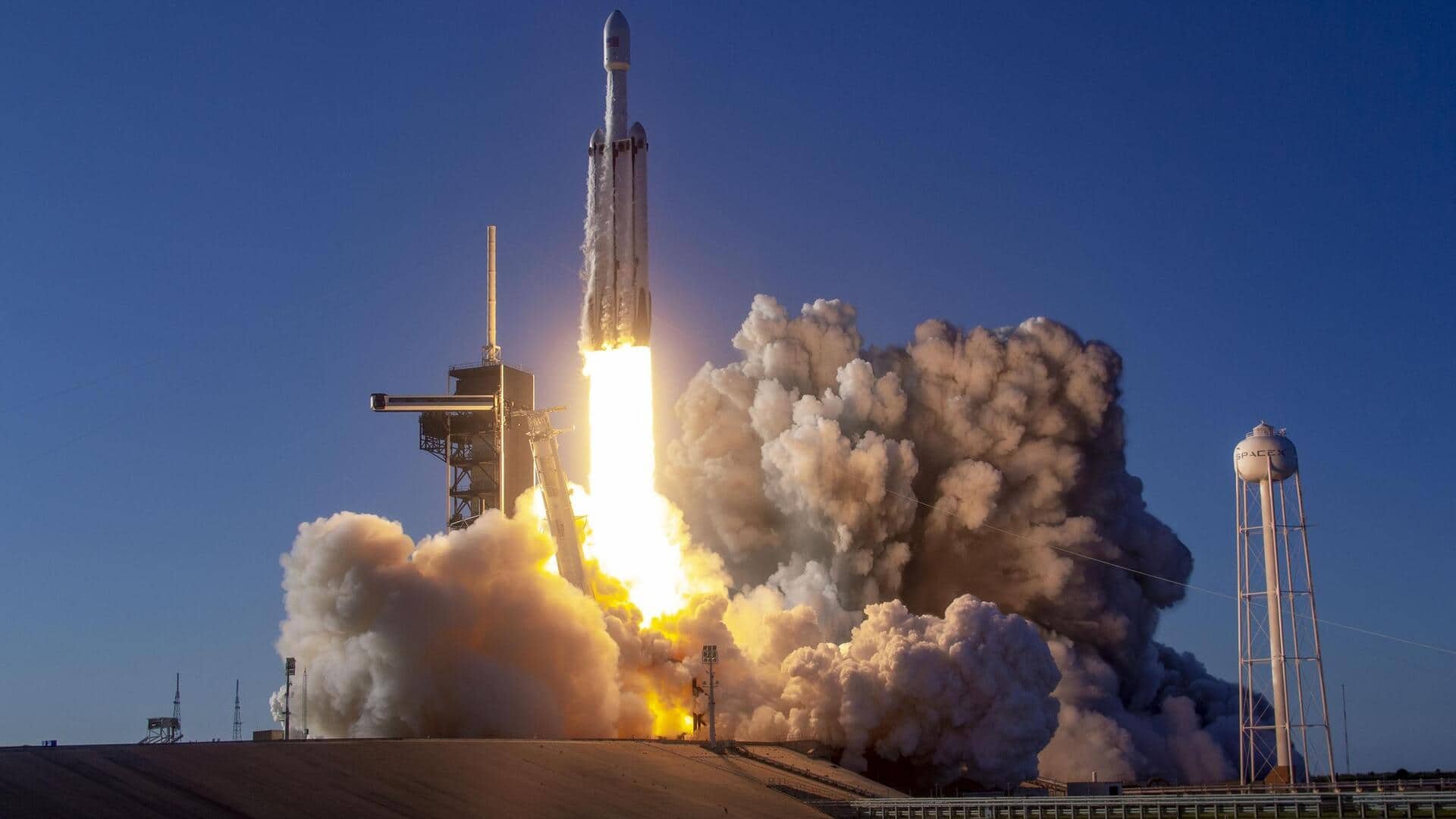
NASA's first lunar lander in 50 years lifts off
What's the story
The new Vulcan Centaur rocket, carrying a NASA lunar lander, has taken off from Cape Canaveral, Florida. If the mission continues to be a success, it will be the first commercial venture to land on the Moon and the first lunar landing by the US since the Apollo mission in 1972. The credit for the rocket goes to aerospace and defense company United Launch Alliance (ULA)—a collaboration between Boeing and Lockheed Martin.
Scenario
NASA's first mission as part of CLPS program
This historic mission, also called Peregrine 1, is expected to land on the Moon by February 23. The lunar lander is built by Astrobotic Technology, a private US company. The firm was selected through NASA's Commercial Lunar Payload Services (CLPS) program, which aims to send small robotic landers to the Moon. So far, no private company-built spacecraft has been able to achieve a soft landing on the Moon, highlighting the importance of this mission.
Information
Payloads include ashes of Star Trek creator
The Peregrine lunar lander is carrying 15 commercial payloads as well as five NASA-sponsored payloads. One of the payloads is the cremated remains of Gene Roddenberry, the creator of Star Trek. Roddenberry's ashes are being sent to the Moon as part of a space burial initiative by a company called Celestis.
Significance
Importance of the Vulcan rocket
The Vulcan launch is a crucial first for ULA. The company has spent over a decade developing Vulcan, in order to replace Atlas V and Delta IV rockets. Since its establishment, ULA has primarily focused on launching classified military payloads for the US government. With the Vulcan, the company aims to capture a larger portion of the commercial satellite launch market. ULA's rocket is all set to rival the reusable Falcon 9 from Elon Musk's SpaceX.